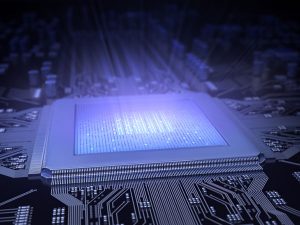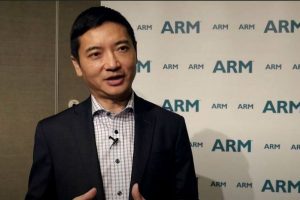
These lasers are available with and without integral Spot Size Converters (SSC).
NeoPhotonics low-loss SSC technology enables direct attachment of the Indium Phosphide laser to a Silicon Photonics waveguide, increasing manufacturing scalability and reducing costs.
These DFB lasers can operate at up to 75 degrees C and are compliant with Telcordia GR-468-CORE, making them suitable for use in non-hermetic Silicon Photonics based small form factor pluggable modules, such as 400G QSFP-DD.
Silicon Photonics (SiPho) has emerged as a promising technology for optical data transmission over intermediate reaches of approximately 500 meters (DR) to 2 kilometers (FR) inside
A Silicon Photonics photonic integrated circuit can combine four different high speed modulators on a single chip, but it requires a light source to be modulated.
A separate laser, or laser array, generating sufficient optical power at the specified wavelength(s) to overcome losses in the Silicon modulator and waveguides, must be coupled to the SiPho chip.
NeoPhotonics family of high power DFB lasers are designed to efficiently couple to the SiPho modulator chip and do not require hermetic packaging making them an ideal choice for next generation transceiver modules.
A high-speed SiPho modulator chip, due to its high Vp, generally requires a driver amplifier with a large voltage swing, which is also supplied by NeoPhotonics.
Gallium Arsenide based Quad Driver chip combines four separate drivers in a single compact, low power chip designed to support compact pluggable modules such as OSFP and QSFP-DD.
“Silicon Photonics is rapidly transforming the data center transceiver marketplace by bringing the scale and cost structure of semiconductor electronics to optics, and our laser sources and drivers are helping to unleash the potential of Silicon Photonics,” says NeoPhotonics CEO Tim Jenks.
 Electronics Weekly Electronics Design & Components Tech News
Electronics Weekly Electronics Design & Components Tech News



